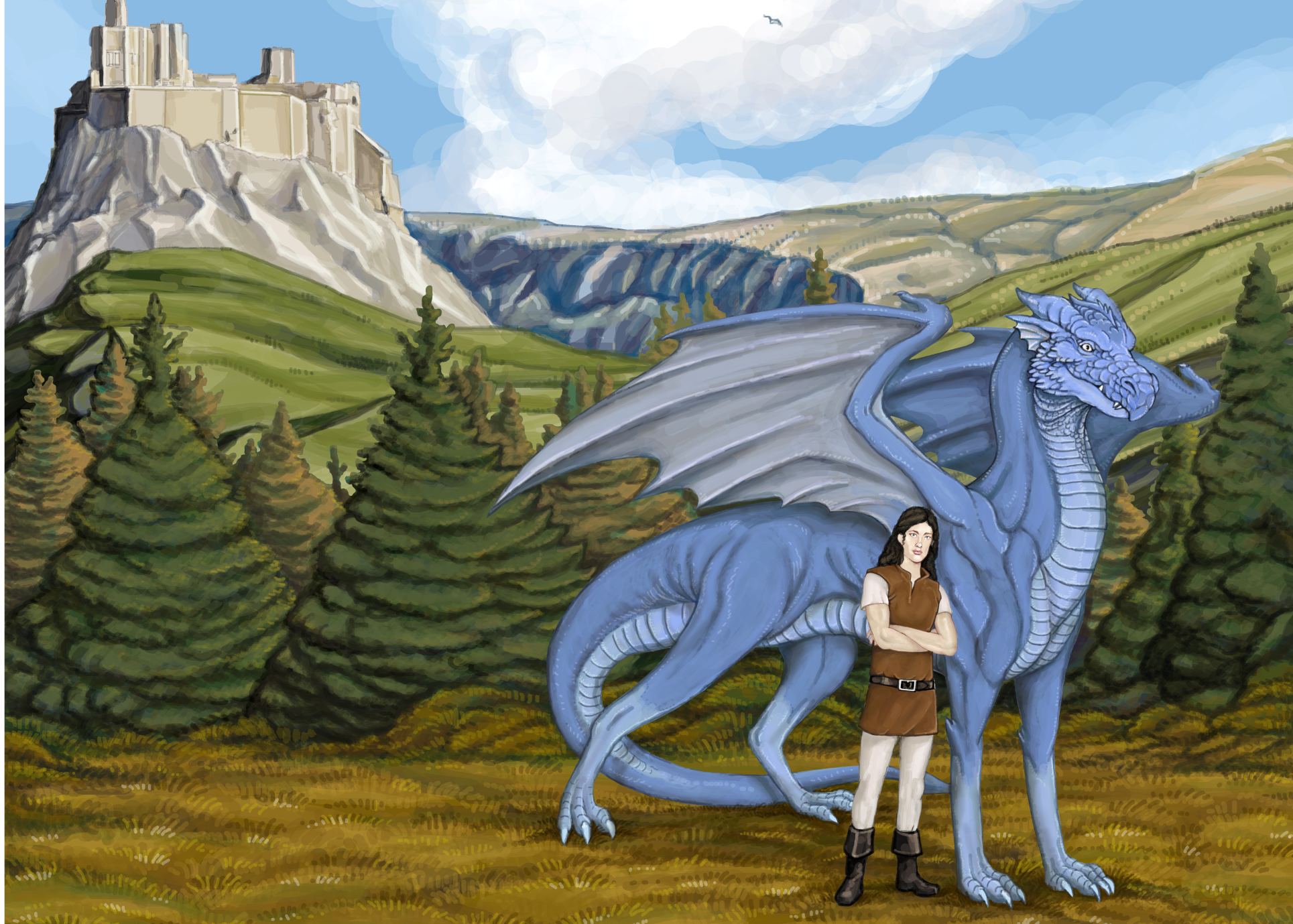The Language of Trees

Phonology
There is now verbal component of the language of the trees nor is there truly a written language. Because of this the sender of the message must gather all the pertinent components from his surroundings.
Morphology

Syntax
The order of the selected items can change the meaning. Love, transformation, surrender as opposed to surrender, love, transformation or transformation, surrender, love. In the first meaning it is love is transformed through surrender, while the second meaning is surrender to love to be transformed and the third meaning transform surrender into love. Though all three use the same components for the message the meanings are vastly different. A druid spends a great deal of time working on memory techniques so that when passing on messages through this means there are no mistakes and the message can remain clear.

All images taken from http://www.ecoenchantments.co.uk/
Common phrases are those such as vision change consequence. This means that the sender has had a vision of change with dire consequences if the vision cannot be altered. Usually, this is portrayed by willow leaf, birch wood, and hawthorn wood ending with a hawthorn berry.
Truthfully there are no real common phrases since the messages rarely repeated.
The following list explains the trees and their meanings.
Beith (Birch): New beginnings, Change, Release, and Rebirth.
Luis (Rowan): Protection, Expression, Connection
Fearn (Alder): Endurance, Strength, Passion
Saille (Willow): Imagination, Intuition, Vision
Nion (Ash): Connection, Wisdom, Surrender
Uath (Hawthorn): Contradiction, Consequence, Relationships
Duir (Oak): Strength, Stability, Nobility
Tinne (Holly): Action, Assertion, Objectivity
Coll (Hazel): Creativity, Purity, Honesty
Quert (Apple): Beauty, Love, Generosity
Muin (Vine): Introspection, Relaxation, Depth
Gort (Ivy): Determination, Change, Patience
Ngetal (Reed): Harmony, Health, Growth
Straif (Blackthorn): Discipline, Control, Perspective
Ruis (Elder): Transition, Evolution, Continuation
Ailm (White Fir): Clarity, Achievement, Energy
Onn (Gorse): Transmutation, Resourcefulness, Exposure
Ur (Heather): Dreams, Romance, Feelings
Eadhadh (Poplar): Victory, Transformation, Vision
Iodhadh (Yew): Transference, Passage, Illusion





Comments